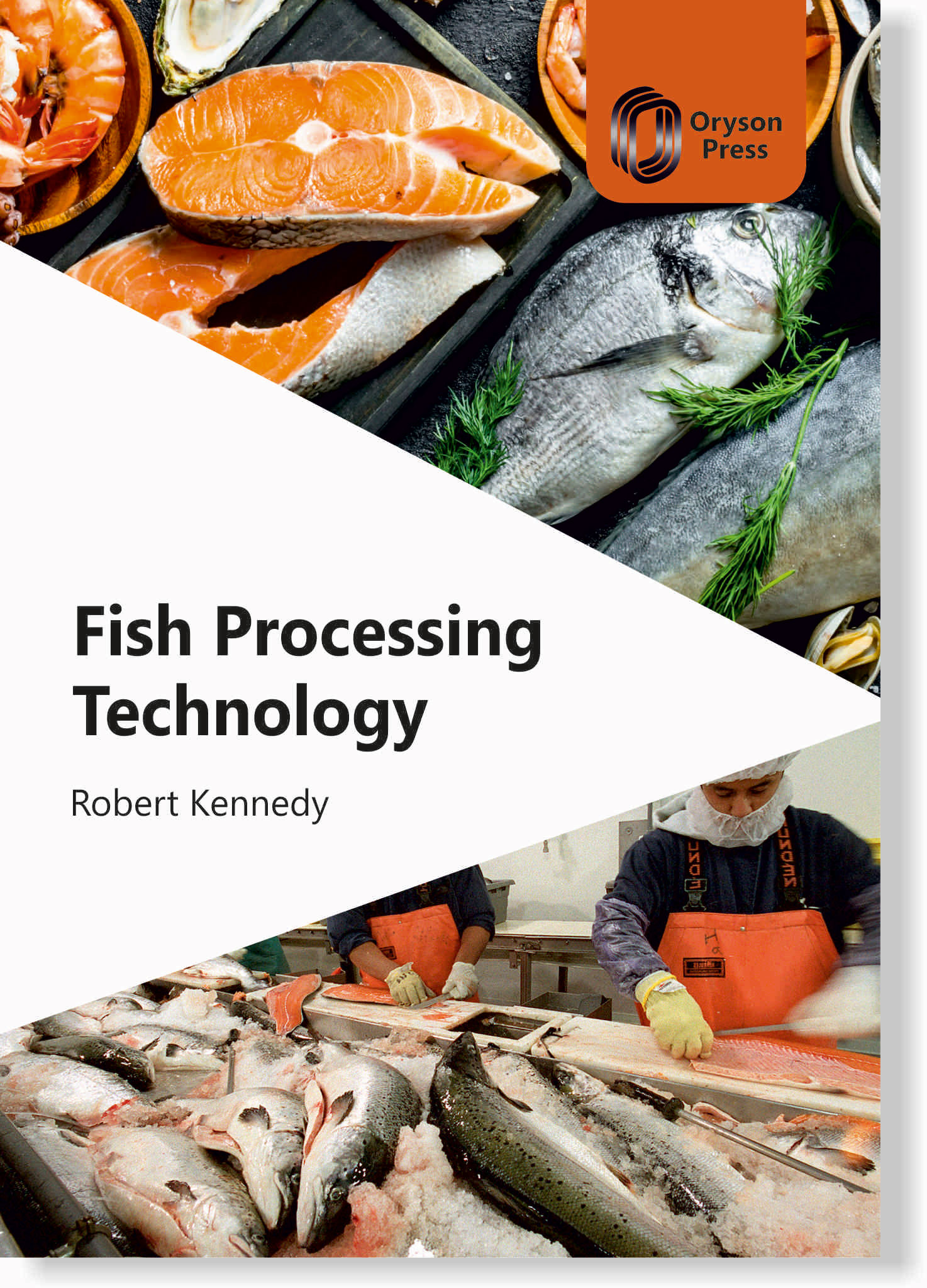Fish Processing Technology
no information available
Fish processing involves the application of preservation techniques in order to retain quality and increase shelf life. It may also deal with value-adding to produce a wide variety of products. The first handling technique for preserving the quality of fish is to keep them alive for as long as possible before cooking and consumption. A number of methods are used to preserve fish. Some employ techniques based on temperature control using ice refrigeration or freezing; others on the control of water activity and include drying salting smoking and freeze-drying. Techniques may rely on the physical control of microbial fish loads such as through microwave heating or ionizing irradiation or on chemical control of microbial activity and loads by adding acids to fish products. Techniques like vacuum packaging are also used. Fish processing operations include proper waste management techniques. For the transportation of chilled and frozen fish products by road rail sea or air it is of upmost importance that the cold chain is maintained throughout. This requires the use of insulated containers or transport vehicles and adequate quantities of coolants or mechanical refrigeration. This book provides a thorough exploration of traditional as well as modern techniques of fish processing. Written as an overview of the field for industrialists wishing to improve or diversify their operation and for those teaching and learning this aspect of food science and technology.
... Read more Read less










